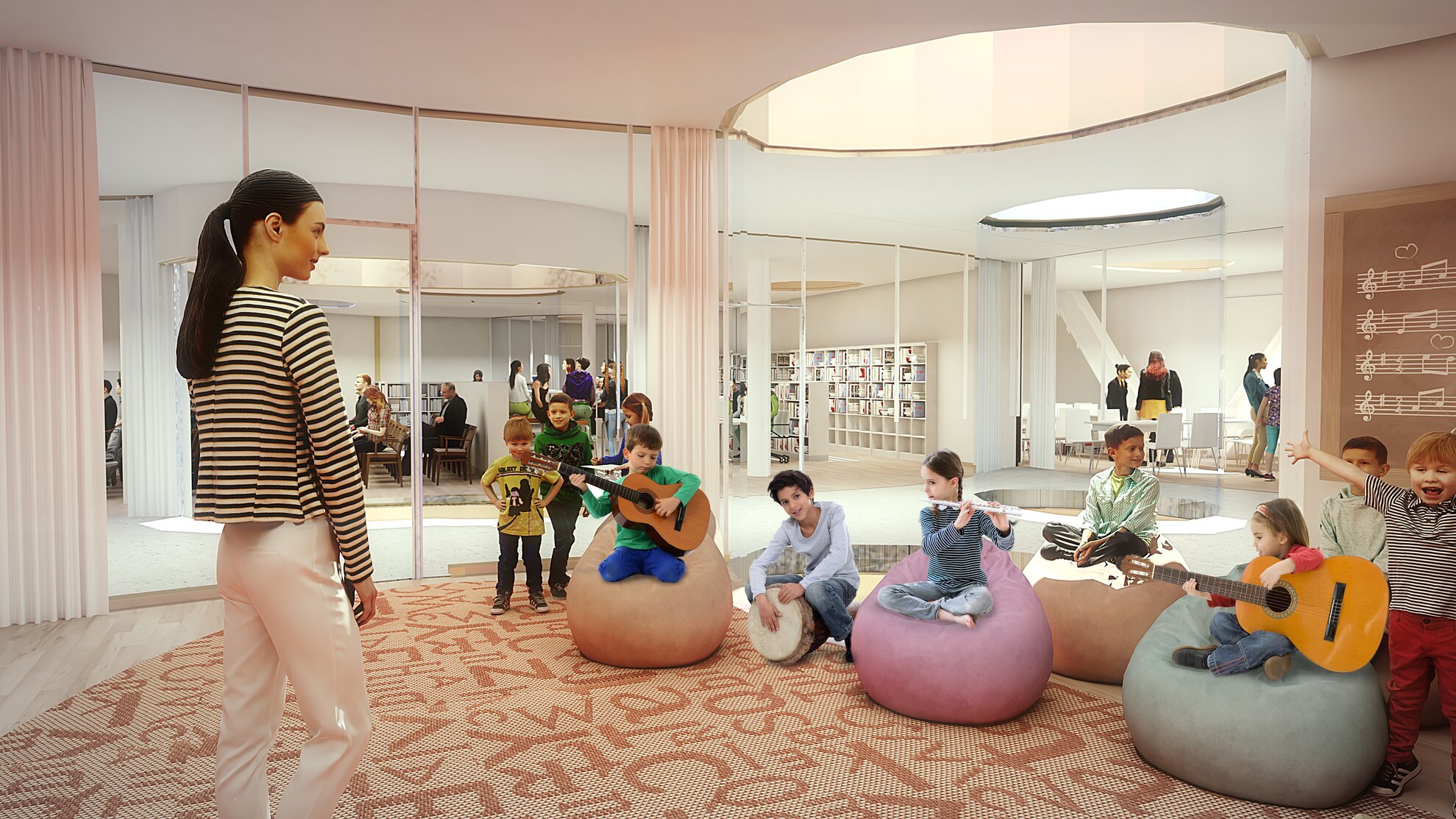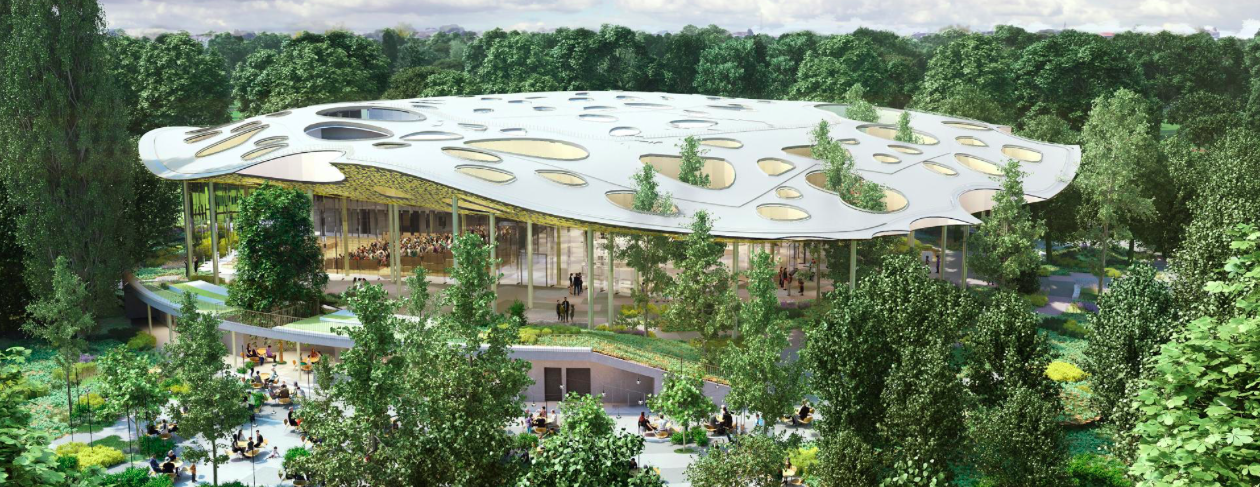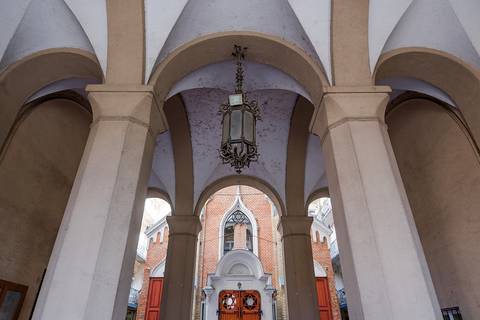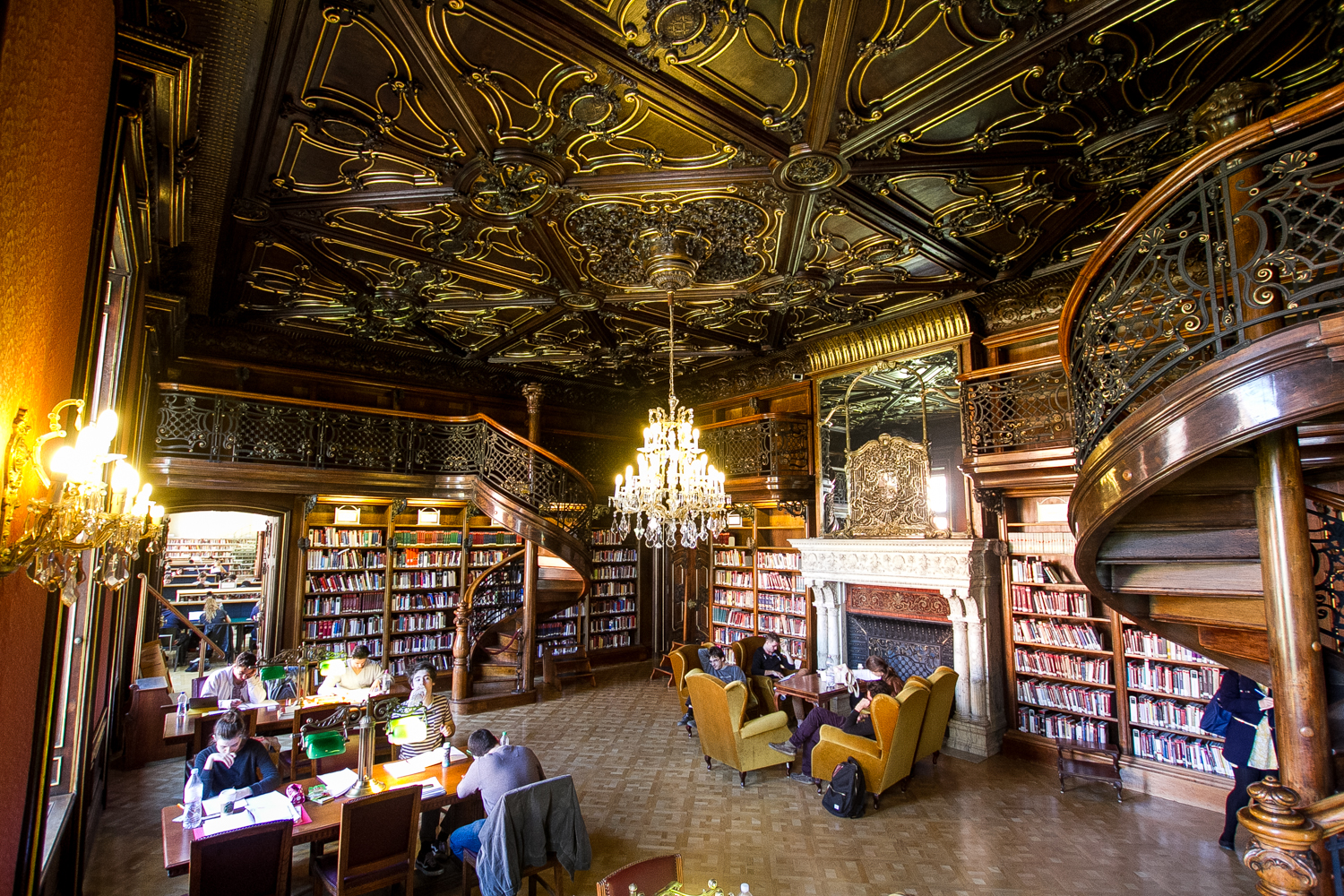Star Japanese architect Sou Fujimoto is the brains behind the cutting-edge design for the House of Hungarian Music, set to open in Budapest’s City Park by the end of 2020. Newly revealed details hint that this contemporary construction should be an outstanding example of modern-day architecture. The building will be part of the new cultural quarter aimed at reviving long-neglected parts of City Park. Fujimoto’s design will embrace concert and exhibition halls and a unique sound dome. Glass walls and a perforated roof should allow for plenty of natural light.
Construction should soon start on the new House of Hungarian Music that will stand near Vajdahunyad Casle and the City Park Ice Rink. A newly published virtual video shows detailed plans of the project, comprising a modern concert hall, a gallery for an exhibition of music history, lecture rooms and a multimedia library. Built partly underground, this sleek structure should sit in harmony with nature, its airy design incorporating plenty of greenery. An open-air stage will be also added.
This avant-garde edifice will be one of the many grand-scale buildings planned to gentrify City Park under the ongoing Liget project. This initiative has been stirring much controversy in recent years, as environmental protection groups have feared that this major metropolitan parkland will lose much of its greenery. The Liget project will also incorporate Hungary’s currently closed Museum of Ethnography and a new Millennium House for historic Budapest exhibitions, opening within the restructured Olof Palme House. Plans also reveal a new National Gallery that would relocate here from its present Buda Castle venue.

The winning design by globally acclaimed Fujimoto was selected among 168 plans. The roof of this grand musical establishment will resemble sound vibrations with its wave-shaped construction, and the overall look of the building will be reminiscent of a leafy forest.

The underground level of the three-storey building will host the permanent and seasonal exhibitions, featuring Hungarian and international music history by using innovative technologies. The museum space will be complete with a sound dome, where a hemispherical cupola space will help create unique tones and vibrations. Ground level is for the concert halls and an auditorium, while the top floor will be home to lecture rooms and a digital library.




